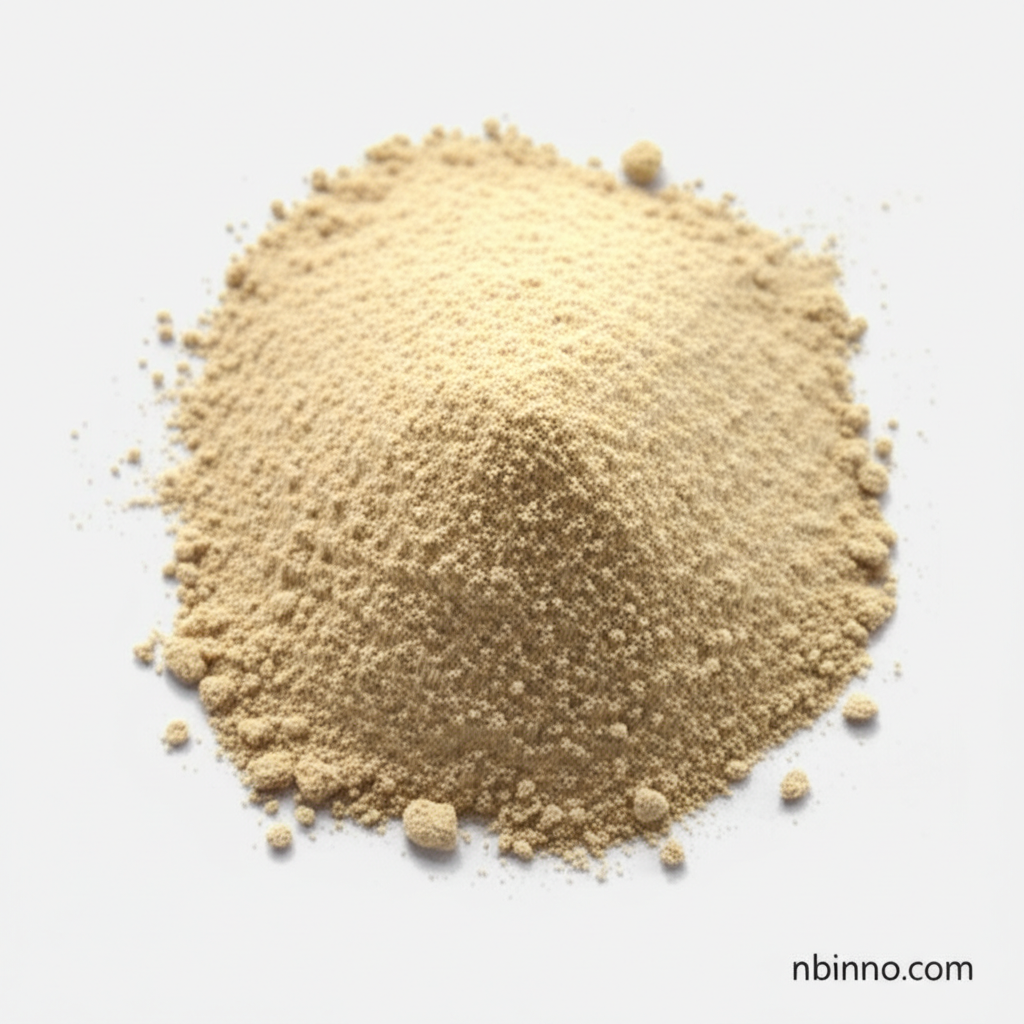Unlock Advanced Electronics with 4,4'-Dibromo-2,2'-dinitrobiphenyl
A vital chemical intermediate powering the next generation of OLED, OPV, and OFET technologies.
Get a Quote & SampleProduct Core Value

4,4'-Dibromo-2,2'-dinitrobiphenyl
This compound stands as a cornerstone for creating cutting-edge optoelectronic devices. Its unique structure, featuring bromine and nitro groups on a biphenyl core, makes it an indispensable building block for synthesizing high-performance organic semiconductors. As a critical OLED material intermediate, it enables the development of brighter and more efficient displays.
- Synthesis of advanced materials: Serves as a key precursor for molecules like carbazoles, dibenzosiloles, and dibenzoselenophenes, crucial for novel electronic applications.
- High Purity for Precision Applications: With a minimum purity of 97%, this compound ensures reliable and consistent results in complex synthesis pathways, vital for OLED material synthesis intermediates.
- Enabling Organic Photovoltaics: Its properties make it an excellent OPV building block, contributing to more efficient solar energy conversion.
- Foundation for OFETs: As an OFET precursor, it supports the development of flexible and high-speed organic transistors.
Key Advantages Offered
Versatile Chemical Intermediate
The presence of reactive bromine atoms and electron-withdrawing nitro groups makes this compound highly versatile for various cross-coupling reactions, supporting its role as a crucial chemical intermediate for organic electronics.
Tailored Electronic Properties
By incorporating this biphenyl derivative, manufacturers can precisely tune the electronic and optical properties of final materials, leading to enhanced device performance.
Facilitates Novel Material Design
It opens avenues for creating novel molecular architectures, essential for pushing the boundaries in the field of high-performance organic semiconductor materials.
Key Applications
OLED Displays
Used in the synthesis of materials that enhance the efficiency, color purity, and lifespan of OLED displays, leveraging its properties as an OLED material intermediate.
Organic Photovoltaics (OPVs)
Contributes to the development of next-generation solar cells by serving as a critical OPV building block for efficient light absorption and charge transport.
Organic Field-Effect Transistors (OFETs)
An essential OFET precursor, enabling the fabrication of flexible electronics, sensors, and displays with improved charge carrier mobility.
Advanced Chemical Synthesis
Its utility extends to broader applications in organic chemistry as a versatile building block for complex molecular structures, acting as a crucial chemical intermediate for organic electronics.
